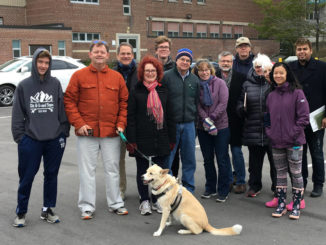Many streets in Leaside were built and named for the executives behind Toronto’s Belt Line Railway and the Canadian National Railway to mark the impact of their contributions to the growth of rapid transit in the growing metropolis.
Lumley Avenue in Bennington Heights took its name from one of these notables. Sir Henry Lumley Drayton (1869-1950), born in Kingston, Ont., was a lawyer and politician until 1902 when he became involved with the development of railways. Sir Henry was a friend and associate of John T. Moore, who laid out the Moore Park subdivision in 1891 along the Belt Line Railway. He was also a friend of Sir William Mackenzie, who was responsible for much of the industrial development in South Leaside.
From 1911 until 1913, Sir Henry served on Toronto’s Hydro-Electric Commission and then served as a Hydro commissioner under the War Measures Act. For his work in giving Canada an efficient railway system, he was knighted in 1915.
In 1927, he was a candidate for the leadership of the Conservative Party, but finished in last place. Sir Henry retired from politics in 1928 to become chairman of the Liquor Control Board of Ontario.

Jeanne Hopkins spent most of her life in the historic Henry Farm community of North York. She realized her passion for local history in the Canadiana department of the North York Public Library, where she worked for 27 years. She is the author of many articles and five books of local history.




